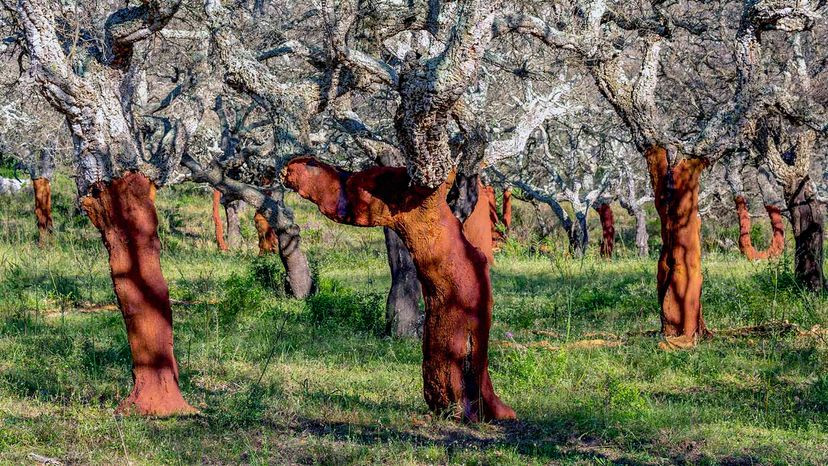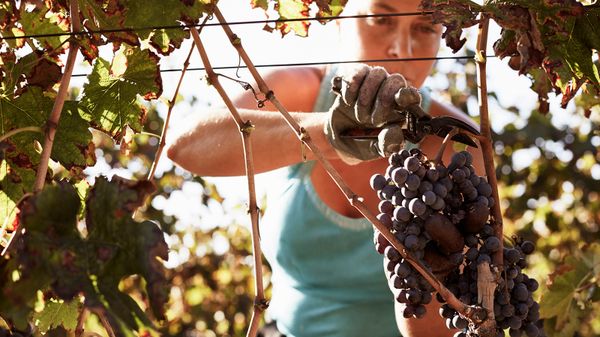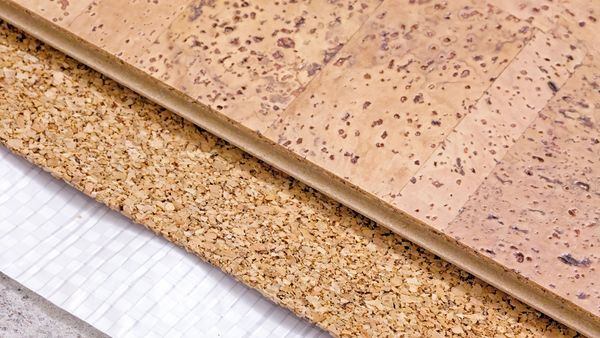
You may (or may not) have heard a rumor that the world's supply of cork is dwindling. Cork, which is made from the bark of the cork oak tree (Quercus suber), is used in a variety of products, the most common being wine stoppers. So is there any truth behind the idea that we are running out of cork?
Not at all. There's actually an abundance of the totally sustainable, eco-friendly material. In fact, if you've ever traveled to the rural areas of Southern Portugal — where most of the world's cork oak trees are grown — you've seen firsthand that the supposed shortage of the cork supply is indeed a myth.
Advertisement
Insiders in the cork industry — which employs an estimated 30,000 workers in varied jobs — confirm that there are plenty of cork oak trees to be found in the sustainable and environmentally harvested cork forests of Portugal. Regular planting ensures a continuous and steady supply, but the process requires some patience.
Newly planted cork oak trees need, on average, more than 25 years of growth before their bark can first be harvested. Farmers then must wait another nine or 10 years until the trees fully recover and are ready to have their outer bark layer harvested again. This approach yields a high-quality raw material, while enabling the trees to live about 300 years.
The takeaway? There are said to be enough cork trees today in the sustainable cork forests of Portugal to last more than 100 years. Translation: There's enough harvestable cork to seal all of the wine bottles produced in the world for the coming century.
So, what led to the rumor that the world is running out? One thing that might have fueled the rumble about a cork shortage — or that cork is endangered and at risk of extinction — is that many companies in the wine industry began switching from traditional cork stoppers to plastic "corks" and screw caps in the 1990s to cut costs. The reason? Cork is much more expensive compared with the alternatives because it can be harvested only once a year by skilled farmers.
That being said, wineries had to convince people — wine drinkers in particular — that it would be more beneficial to use the plastic corks or screw caps to seal wine bottles rather than cork stoppers. What better way to do that than to insinuate that cork is endangered? Then, more people might be willing to choose wines sealed with screw caps.
Another myth that might have contributed to this: In 1923, the Portuguese government began to protect the cork tree by law from improper or out-of-season harvest because officials were worried that developers would clear out the cork forests to build. To stop this from happening, the government declared the cork oak tree endangered.
The truth is the cork oak tree is not endangered. And because wine vintners prefer screw caps for various reasons, that's actually led to a decrease in demand for cork wine stoppers. So there's actually an abundance of cork and cork oak trees.
And here's the cool part: That abundance has opened up a world of opportunity for the impermeable, lightweight and moisture-resistant material. Today cork handbags and wallets are becoming popular leather alternatives. And cork also is used in flooring, shoes and other vegan fashion accessories.
Advertisement


